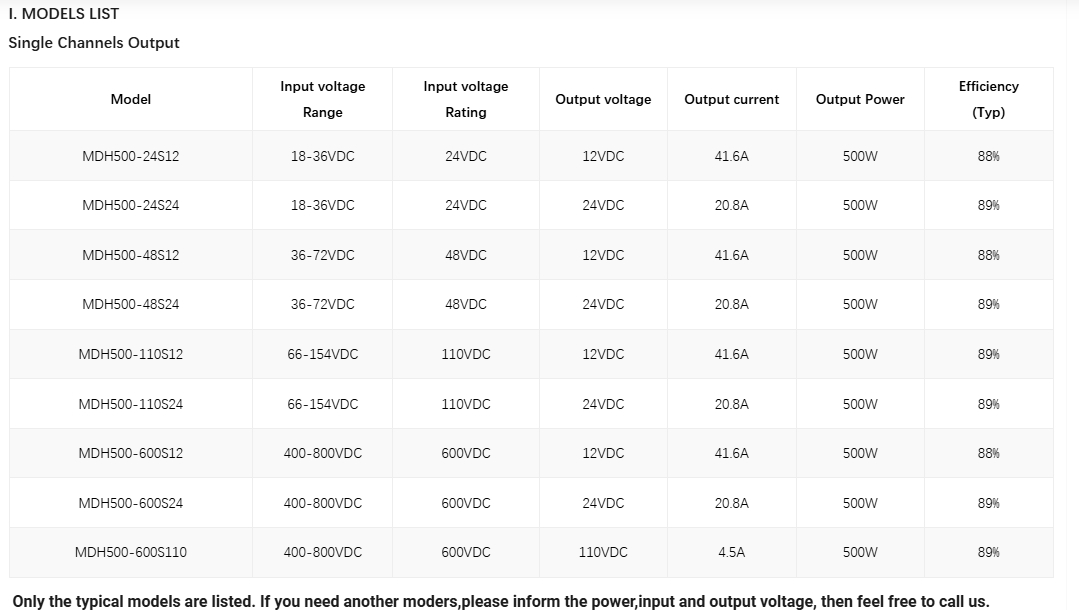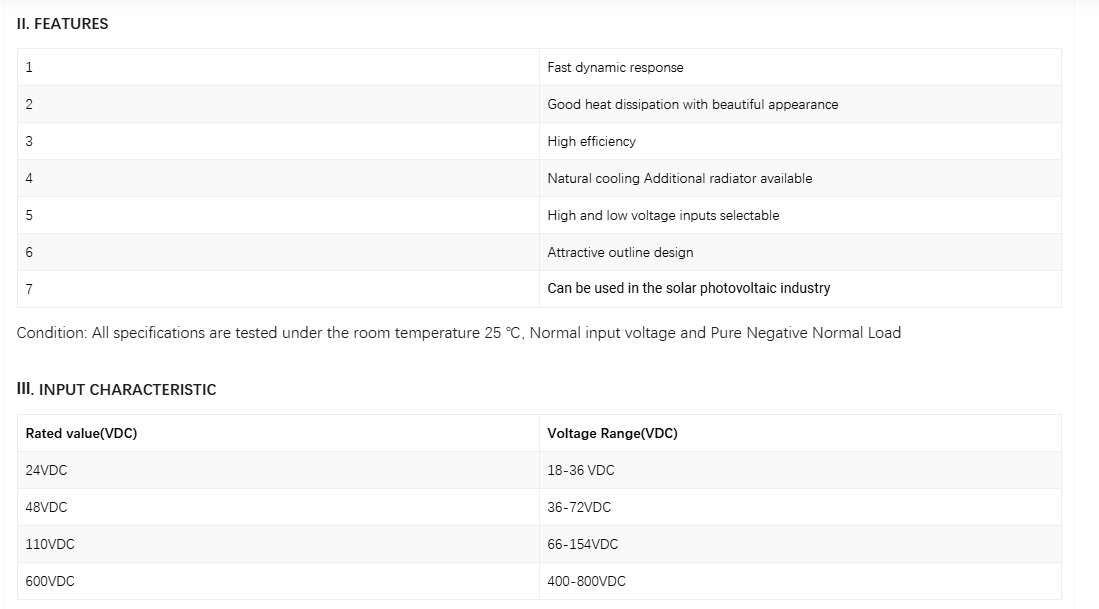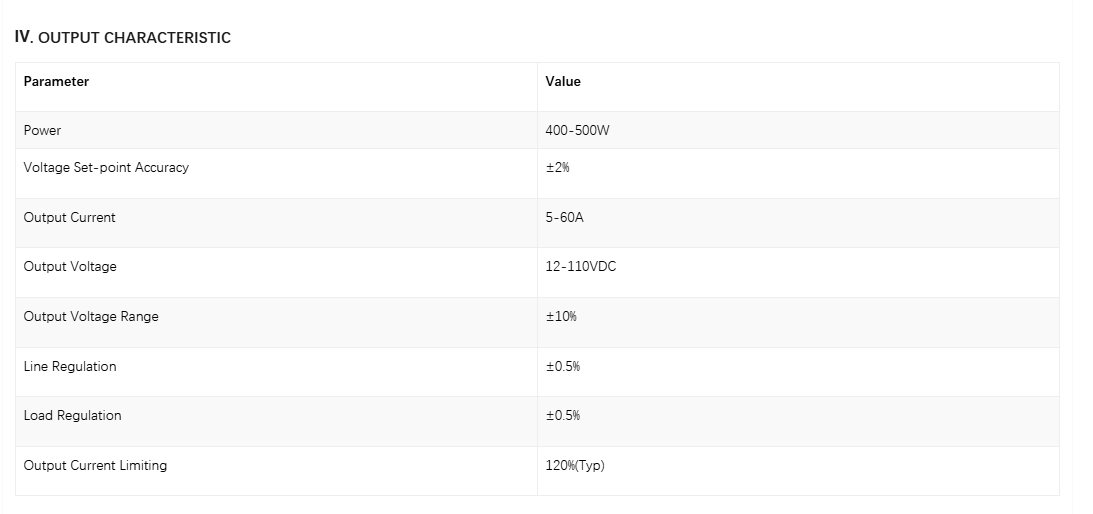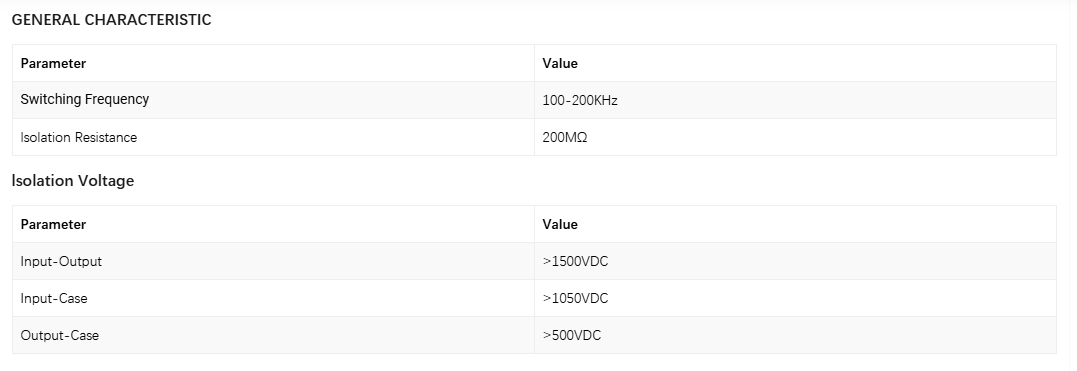Customized Modular Power Supplies for Rail Transportation Systems
The demanding operational environments of rail transportation systems require power solutions that combine precision engineering, rugged durability, and adaptive performance. Customized modular power supplies address these challenges by offering tailored configurations that align with specific rail applications while meeting stringent industry standards. Below is a technical breakdown of key customization parameters and design considerations.
1. Input Voltage Range Optimization
Rail systems operate across diverse power grids globally, necessitating wide input voltage compatibility:
Nominal Inputs: 24VDC, 72VDC, 110VDC (common rail battery/auxiliary systems)
Extended Ranges:16VDC–36VDC (for 24V nominal systems with ±33% fluctuation tolerance)
50VDC–150VDC (for 110V systems accounting for transient surges and voltage drops)
Rationale: Ensures stable operation during voltage sags, engine start-up surges, and regenerative braking interference.
2. Output Configuration & Load Requirements
Output parameters are tailored to subsystem demands:
Application Voltage Current Power Critical Factors
Onboard Control Systems 3.3V/5V/12V 5A–30A 16W–360W Low ripple (<50mV), EMI suppression
Lighting & Displays 24V/48V 2A–10A 48W–480W High efficiency (>92%), dimming support
Traction Auxiliaries 48V/72V 20A–100A 960W–7.2kW Redundant parallel operation, thermal management
Communication Modules 12V/24V 1A–5A 12W–120W Isolation voltage ≥3kV, EN 50155 compliance
Design Logic:
Redundancy: Parallel modules with N+1 redundancy for mission-critical loads.
Derating: Power derated by 20%–30% at 50°C ambient to ensure longevity.
Dynamic Response: ≤1% output deviation during 50%–100% load steps.
3. Environmental & Mechanical Resilience
Custom designs must account for harsh operating conditions:
Temperature: -40°C to +85°C (conformal coating for condensation resistance)
Vibration: 5–2000Hz, 5Grms per EN 61373 Category 1 (shock-resistant PCB mounting)
IP Rating: IP67 sealing for undercarriage/pantograph-mounted units; IP20 for cabin-cooled units.
EMC Compliance: EN 50121-3-2 for conducted/radiated emissions; 4kV surge immunity per EN 61000-4-5.
4. Regulatory & Safety Compliance
Standards: EN 50155 (railway applications), UL 62368-1 (safety), EN 45545-2 (fire safety)
Protections:
OVP (110%–150% adjustable)
OCP (105%–130% adjustable)
Short-circuit latch-off with auto-recovery
Reverse polarity protection for input lines.
5. Customization Process Workflow
Requirement Analysis: Map load profiles, duty cycles, and failure-mode scenarios.
Topology Selection: Isolated (flyback, LLC) vs. non-isolated (buck/boost) based on safety needs.
Prototyping: Validate thermal performance via IR imaging; EMI pre-compliance testing.
Certification Support: Assist with regional rail approvals (e.g., ERA, FRA, AS7415).
Why Customization Matters
Off-the-shelf power modules often lack the precision to handle rail-specific challenges such as voltage transients, extended temperature cycling, and mechanical stress. A purpose-built modular design ensures optimal efficiency, reduces lifecycle costs, and minimizes system downtime—critical factors for rolling stock operators and rail infrastructure providers.
By collaborating with our engineering team, clients receive power solutions that align seamlessly with their operational parameters while future-proofing against evolving rail standards.




